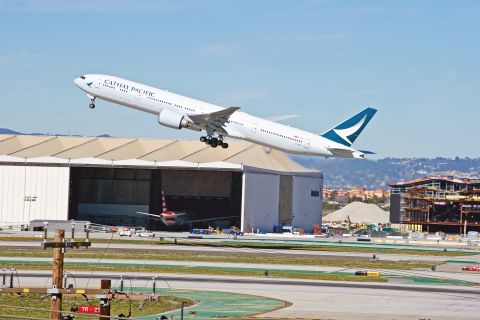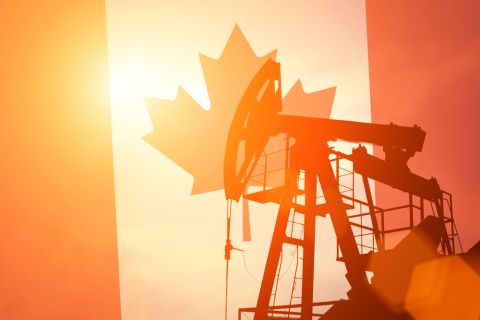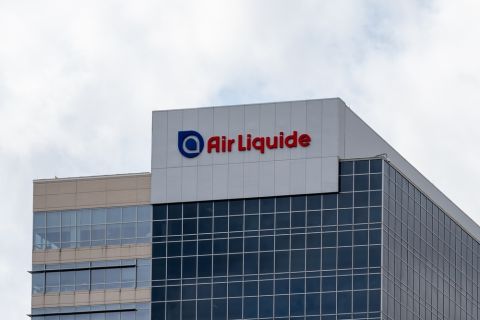When it comes to A&D, Brazil is No. 1 in Latin America due to state-owned Petrobras’ deal flow generation triggered by governmental mandates spurring competition.
In the first 11 months of 2022, the oil giant boasted $3.9 billion in cash inflows through such activities. The year before, Petrobras closed 16 deals for a total of $5.1 billion, according to financial details in its 2021 Form 20-F. Massive, to say the least.
As 2023 gets underway, Petrobras has six assets in the teaser and nonbinding phase, 15 in the binding phase and 10 signed and waiting to close, according to recent investor presentations. The bulk of assets across the three stages include refining, distribution, energy and natural gas assets, followed by E&P assets.
Deals closing this year will only add to the revenues generated in recent years and offer opportunities to companies looking to take part in Brazil’s hydrocarbon sector.
The deal flow has come about as part of the Rio de Janeiro-based company’s competition mantra, which has sharpened its portfolio management strategy to improve capital allocation while maximizing value.
For Petrobras, and specifically in Brazil, that value proposition is best found in its deep and ultra-deepwater pre-salt assets in the prolific Santos and Campos basins. There, the company has held a competitive edge in terms of high productivity and lowering greenhouse-gas emissions.
This pre-salt focus has seen Petrobras shed nonstrategic upstream assets, as well as refineries, power and nitrogen fertilizer plants and fiber optics networks. The company has even divested mining rights for potassium salts.
Brazil’s new president, Luiz Inácio Lula da Silva (“Lula”), started his tenure on Jan. 1, 2023. The re-election of Lula, now serving his third term as president of the South American country, has cast some uncertainties about what his four-year term will bring.
Petrobras will lose some production due to its active A&D agenda, as the company brings on 18 FPSO units between 2023 and 2027 as part of a plan to boost production to almost 3.1 MMboe/d from around 2.6 MMboe/d in 2023. In 2022, Petrobras and other companies in Brazil produced 4 MMboe/d, according to Brazil’s national petroleum agency, ANP.
Brazil’s oil and gas market is not just hot, it’s large as well, with major financial players spanning from U.S. and European companies such as Chevron Corp., Perenco, Repsol, Shell Plc and TotalEnergies, to national oil companies like Equinor and QatarEnergy, to numerous Brazilian entities.
The Brazilian opportunity set is unparalleled in Latin America in comparison with countries with mature oil and gas sectors, including Argentina, Mexico and Venezuela—all of which have their own set of peculiarities such as political, financial and economic headwinds, political mandates around energy sovereignty or even sanctions.
Of the three countries, Argentina holds the most potential for A&D activity amid efforts led by President Alberto Fernandez to urgently boost pipeline capacity in order to support plans to hike production from the Vaca Muerta Shale. Argentina’s state-owned YPF continues to play a key part in those efforts despite contending with financial limitations.
Foreign exchange restrictions, regulated prices and tariff freezes have created significant uncertainties for potential investors, which are deeply affecting oil and gas M&A activity in Argentina, according to Argentine law firm Bomchil.
“In this scenario, the trend is mainly one of international companies selling their assets in Argentina to local (or regional) companies or to international funds focused on business opportunities,” the Buenos Aires-based legal entity said in a January statement.
Mexico President Andrés Manuel López Obrador favors political policies around energy sovereignty and strengthening state oil company Pemex. Investors in the country continue to be in a wait-and-see situation, hoping for better opportunities with the next president.
Finally in Venezuela, where President Nicolas Maduro’s so-called socialist regime has watched Washington impose sanctions on the financial and petroleum sector, the A&D environment is all but dead. Cash-strapped state-owned PDVSA, which dominates the OPEC country’s oil sector, doesn’t have willing buyers to take assets even if it could divest them. Likewise, the remaining bulge-bracket players like Chevron and China National Petroleum Corp., with potential assets or stakes to divest, wouldn’t find buyers willing to take such a financial gamble amid the lingering political uncertainties.
For these three reasons, all roads to continued active A&D activity in Latin America point to Brazil and Petrobras, despite Lula’s return and the uncertainties around his plans to turn the country around.
Recommended Reading
SAF End-users, Producers Talk Challenges, Solutions
2024-02-07 - The lower lifecycle emissions of sustainable aviation fuel are seen as a key lever for airlines to reduce carbon emissions, but cost is a challenge.
CAPP Forecasts $40.6B in Canadian Upstream Capex in 2024
2024-02-27 - The number is slightly over the estimated 2023 capex spend; CAPP cites uncertain emissions policy as a factor in investment decisions.
Air Liquide to Add CO2 Recycling at Plant in Germany
2024-02-08 - In a supply agreement, Air Liquide and Dow plan to add a new CO2 recycling solution to two air separation units and one partial oxidation plant.
1 Fatality in Equinor Helicopter Training Accident Offshore Norway
2024-02-29 - Equinor employee died following the helicopter accident, the cause of which has not been reported.
Equinor Resumes Helicopter Flights on NCS Following Fatal Accident
2024-03-01 - Operator also announced it is expanding its helicopter fleet by 15 through contracts with Bell and Leonardo, with the first two helicopters slated for delivery in about a year.






